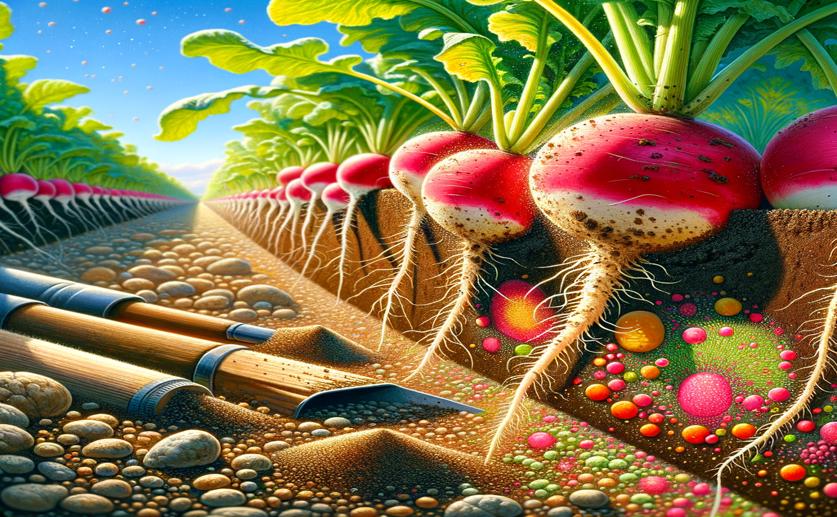
Impact of Long-Term Radish Farming on Soil Microorganisms' Health and Diversity
Greg Howard
30th July, 2024

Image Source: Natural Science News, 2024
Key Findings
- The study, conducted in Poland, found that long-term radish monoculture affects soil pH but not organic carbon content
- Soil microbial populations shifted, with Proteobacteria, Acidobacteria, and Actinobacteria being the dominant phyla
- Despite microbial shifts, soil biodiversity indices remained stable, indicating a resilient microbial community
AgricultureEnvironmentPlant Science
References
Main Study
1) Effect of long-term radish (Raphanus sativus var. sativus) monoculture practice on physiological variability of microorganisms in cultivated soil.
Published 28th July, 2024
https://doi.org/10.1016/j.jenvman.2024.122007
Related Studies
2) The use of colony development for the characterization of bacterial communities in soil and on roots.
3) Trade-offs in carbon-degrading enzyme activities limit long-term soil carbon sequestration with biochar addition.
4) Fungal Genetics and Functional Diversity of Microbial Communities in the Soil under Long-Term Monoculture of Maize Using Different Cultivation Techniques.



 20th July, 2024 | Jim Crocker
20th July, 2024 | Jim Crocker